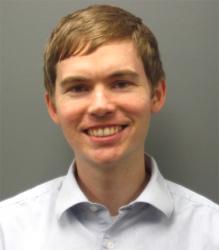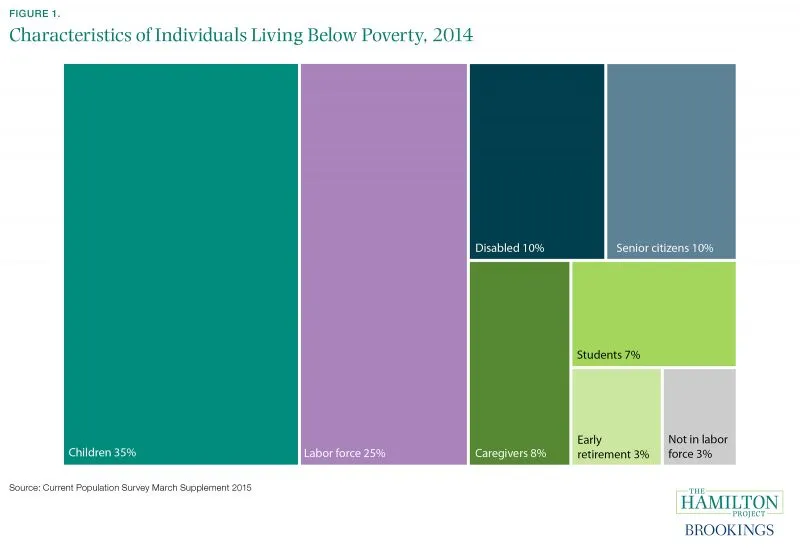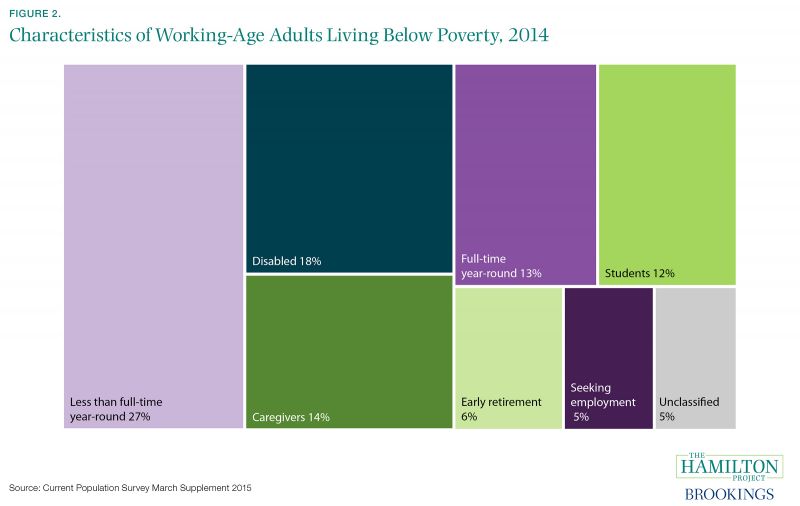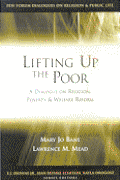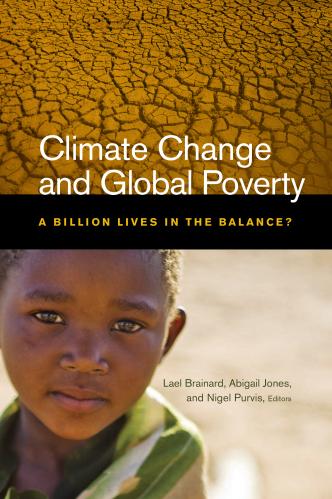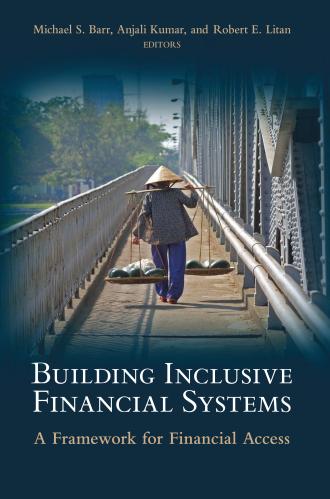Understanding the characteristics of the poor is crucial for crafting effective anti-poverty policies. In this Economic Analysis, we document characteristics of the 46.7 million Americans—14.8 percent of the population—who lived in poverty in 2014. Using the Current Population Survey Annual Social and Economic Supplement (CPS ASEC) collected in March 2015, the source of official poverty statistics, we describe who lives in poverty as well as the characteristics of the working-age poor and those working-age poor who were employed less than full-time year-round.
Consider the following sobering statistics, illustrated in the figure above:
-
- More than a third of those who live in poverty are children. More than 15.5 million children lived in poverty in 2014.
- About 13 percent of those living in poverty are senior citizens or retired.
- A quarter of those who live in poverty are in the labor force—that is, working or seeking employment.
- A tenth of those in poverty are disabled.
- Eight percent of those living in poverty are caregivers, meaning that they report caring for children or family.
- Students, either full- or part-time, make up another seven percent of those living in poverty.
- Just three percent of those living in poverty are working-age adults who do not fall into one of these categories—that is, they are not in the labor force, not disabled, and not a student, caregiver, or retired.
Just over half of those who live in poverty are of working-age, defined as between the ages of 18 and 64. Figure 2 categorizes working-age adults living below the poverty line in 2014. Among working-age adults living in poverty, 45% are in the labor force:
-
- 13 percent are full-time, year-round workers, meaning that they usually worked 35 hours or more per week for at least 50 weeks during 2014.
- Just over one quarter of poor working-age adults work less than full-time year-round, meaning that they worked during the previous year, but not on a full-time, full-year schedule.
- 5 percent report that they are seeking employment – a classification that means that these adults were in the labor force – throughout the year.
The remaining 55 percent of working-age adults are not in the labor force. Additional data from the CPS ASEC, which asks respondents why they are not in the labor force, allows us to further describe who these non-workers are. As a share of the total working-age adult living in poverty population:
-
- 18 percent —a third of the non-workers living in poverty—are disabled.
- 26 percent—just under half of non-workers—are caregivers or students.
- 6 percent are retired, though it is important to note that only the working-age population is considered here, so this constitutes early retirement.
- 5 percent of the total population of working-age adults in poverty are not in the labor force and are neither disabled, a caregiver, a student, nor retired.
Certainly some share of those who are disabled, a caregiver, a student, or retired—as well as the remaining small fraction outside those groups—are people who are capable of employment. As Figure 3 illustrates, a portion of those living in poverty who are disabled, a caregiver, a student, or retired are indeed in the labor force.
Though 13 percent of working-age adults living in poverty are working full-time year-round, about twice as many were employed less than full-time year-round in 2014. Figure 3 further investigates the composition of working-age adults living in poverty that reported usually working part-time and who were working part-time in March 2015.
About 40 percent of those working part-time during the year are involuntarily part-time – meaning that they would like to work full time but cannot due to an economic reason such as inability to find a full-time job, employer reduction of hours, or slack work. Just under half of part-time workers were students, caregivers, or disabled. Only about 1 in 6 of these part-time workers worked fewer than 35 hours a week or less than 50 weeks a year for some other reason.
In order to address poverty, we must first know who is poor. Using the most recently available data on poverty, we describe the population living in poverty as well as the working-age poor. This analysis suggests that most deviations from full-time, full-year employment are readily explicable in terms of factors like disability, education, or caregiving.

